The Brief History of The Patek Philippe Nautilus
The 1970s weren’t just a great time for fashion, music, and social movements but also for its watch design. The early 70s brought about a crisis in the world of luxury watchmaking with the introduction of Quartz watches- which threatened Swiss watchmaking and automatic movements altogether. The “Quartz Crisis” as it was later known caused a ripple within the world of horology and launched some of the most iconic designs that are still sought after to this day. The metal sports watch was the first response to the Quartz Crisis- and it was done by Audemars Piguet with their revolutionary Royal Oak design in 1972. The man behind the iconic design was none other than Geneva-born, Gerald Genta. Genta’s work with AP gave a rebirth to the Swiss watchmaking industry and caught the eye of one of the most prestigious watchmakers in the world.
Patek Phillipe was founded in 1839 by Antoine Norbert de Patek & François Czapek. The watchmaker over the years created pocketwatches for countless Royals, including the Queen of England. By associating themselves with the highest level of quality and prestige, Patek Phillipe began to make their mark as the premier watchmaker. Transitioning into making wristwatches in the 1920s, Patek focused on crafting works of art in precious metals. Their timeless & classics designs paired with their record-setting caliber movements made Patek Phillipe the undoubted choice when it came to luxury wristwatches.
While Patek Philippe had made a name for themselves in the realm of the wealthy, they weren’t completely immune to the effects of the Quartz Crisis of the early 70s. Taking notes from Audemars Piguet’s highly successful launch of the Royal Oak in 1972, Patek Phillipe hired the one man that changed the game- Gerald Genta. In 1976, Genta joined the ranks of Patek Philippe to create a new all-steel sports watch, which was unlike anything that was currently offered by Patek Philippe (who at the time rarely constructed their timepieces in stainless steel unless it was a custom order).
The inspiration for the Nautilus came to Genta one night while he was enjoying dinner at a Hotel restaurant when he noticed that one of the windows was shaped like a porthole that you would more commonly find on an ocean liner. The Patek Phillippe executives were sitting across the way as Genta sketched the design on a napkin. 5 Minutes later, the first sketch of the Nautilus was thrust into existence. Remarkably it only took Genta 24 hours to design the Royal Oak- but even more so in drawing one of the most popular watches in the entire world in just 5 minutes on a Hotel restaurant’s napkin. Using the porthole as the main shape of the Nautilus’ design furthered Genta’s theme of using nautical references in his watchmaking, considering he modeled the Royal Oak after a deep-sea diving helmet. In addition, the Nautilus gained its name after Jules Verne’s novel “Twenty Thousand Leagues Under the Sea,” where the Nautilus is the submariner used by Captain Nemo. Each of these iconic designs acted as a window that one could look through to see something greater- not sure if this was the metaphor that Genta was going for when he drew these two iconic models, but there is something about both that have set themselves apart throughout the years.
Patek Philippe released the first Nautilus (Ref. 3700) in 1976 and the market had a similar reaction to the watch as the AP Royal Oak. The first Nautilus boasted a 42 MM case, a fully integrated bracelet, a black dial, finally finished off with brushed stainless steel. Seen as a novelty from a brand who had previously only made very classic leather strap watches- the loyal Patek Philippe fans were not thrilled about an all stainless steel sports watch initially. Of course, the Nautilus as we know it today is one of the most in-demand watches in the entire world.
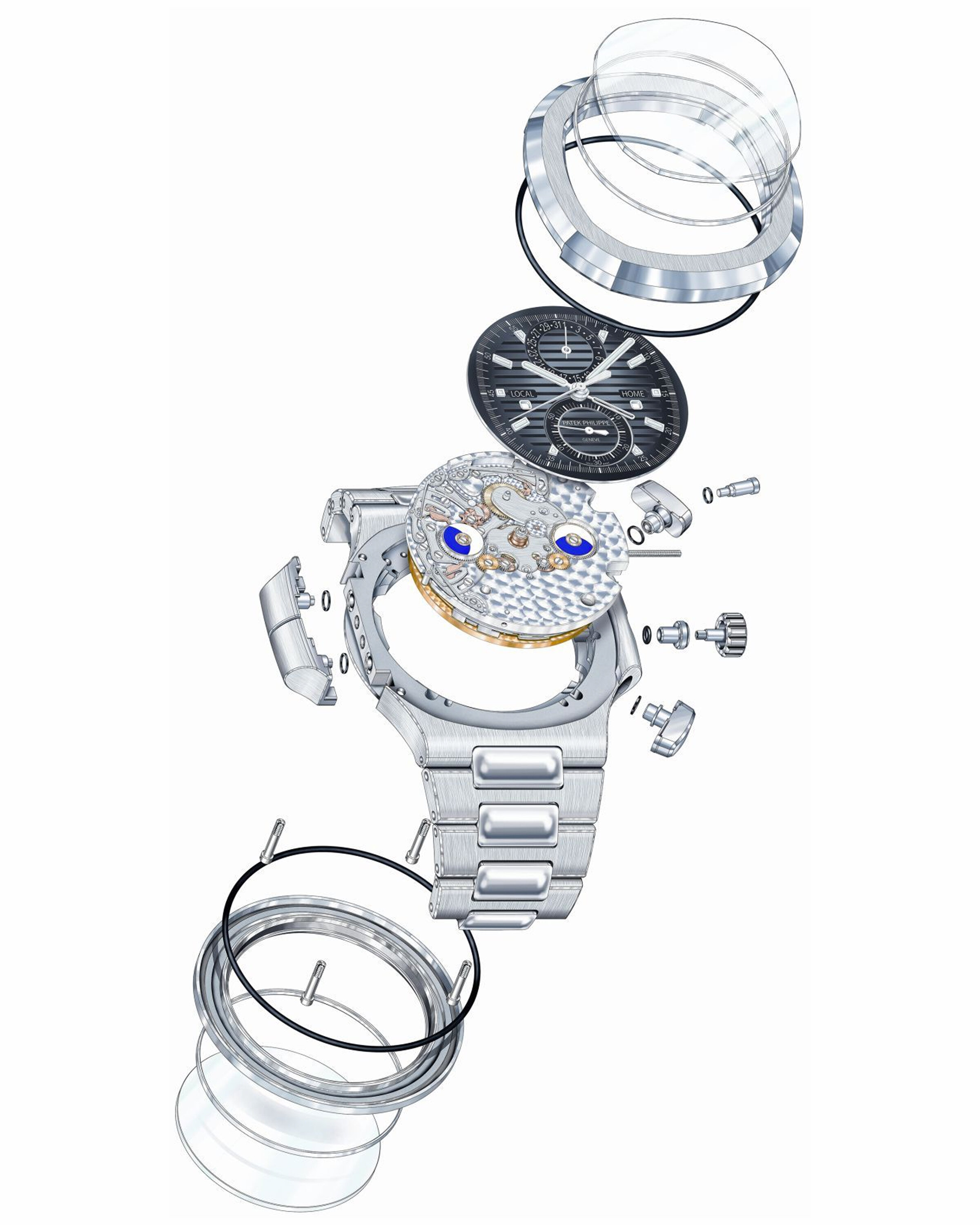
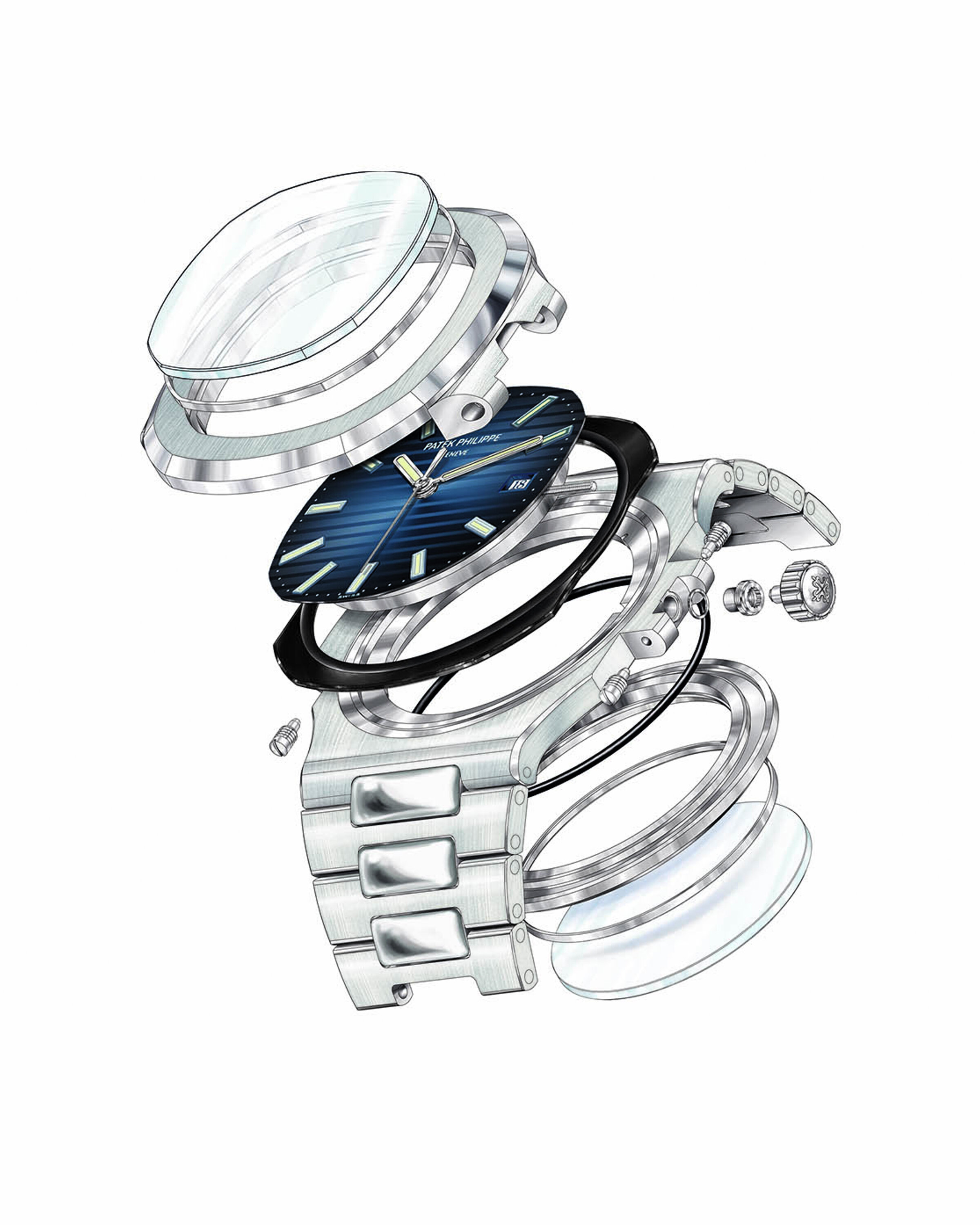
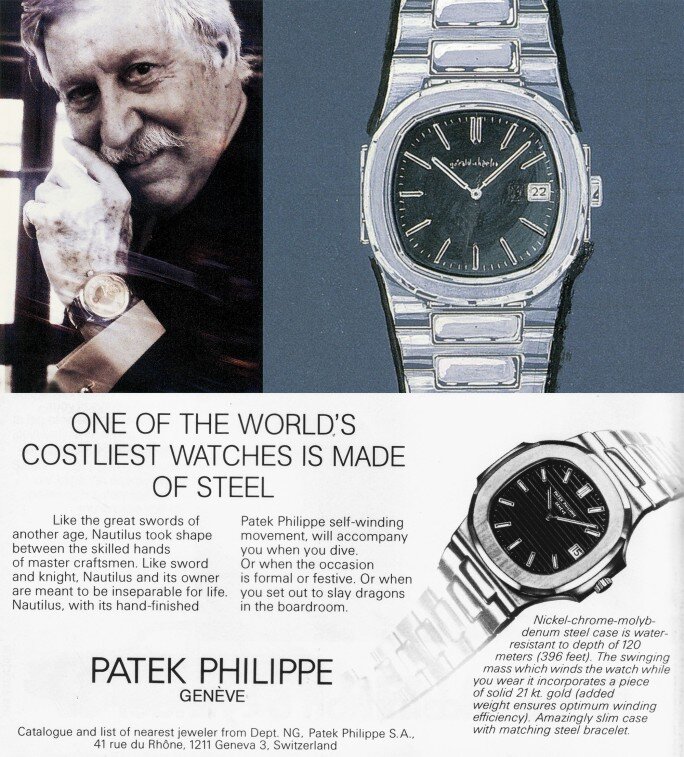
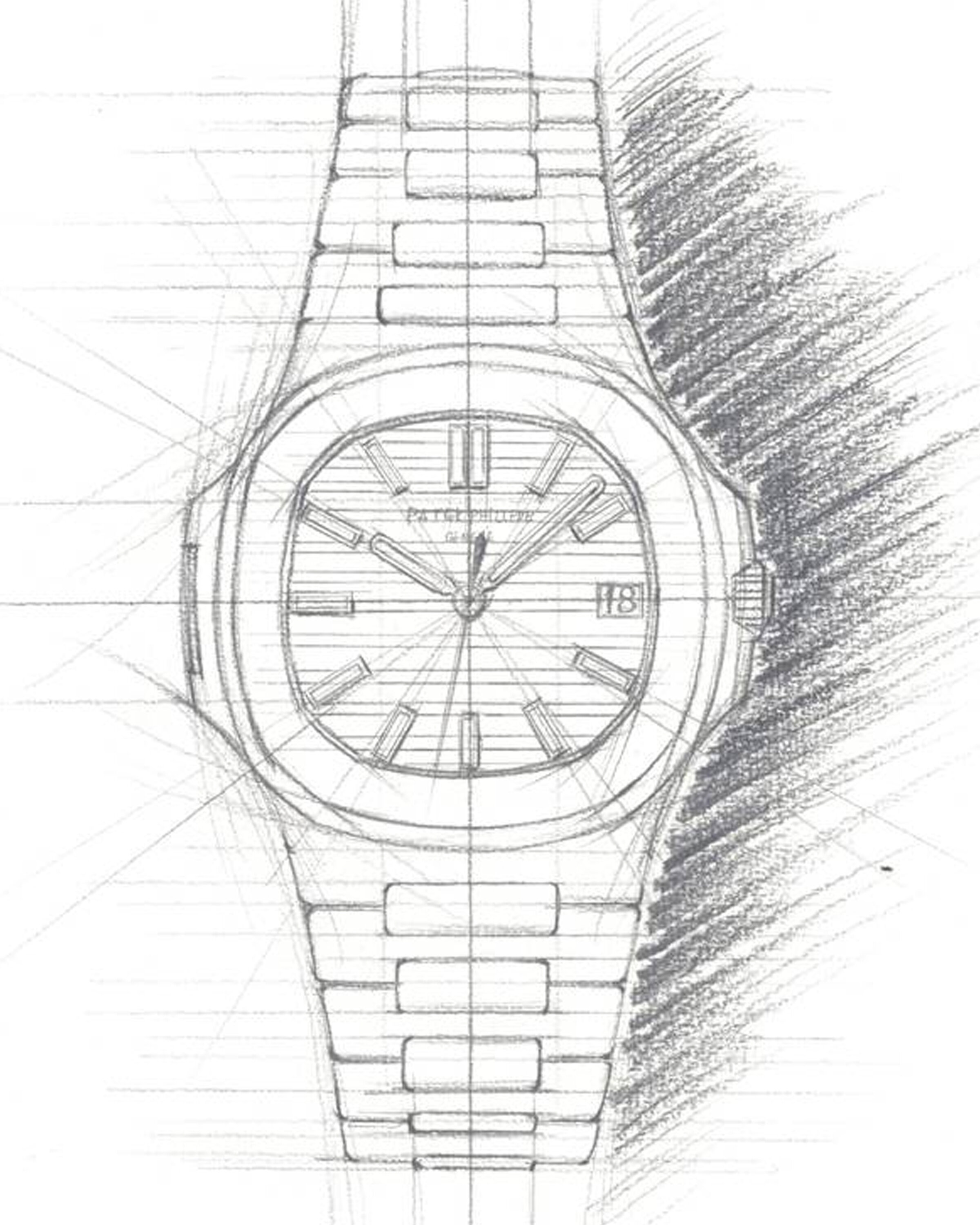
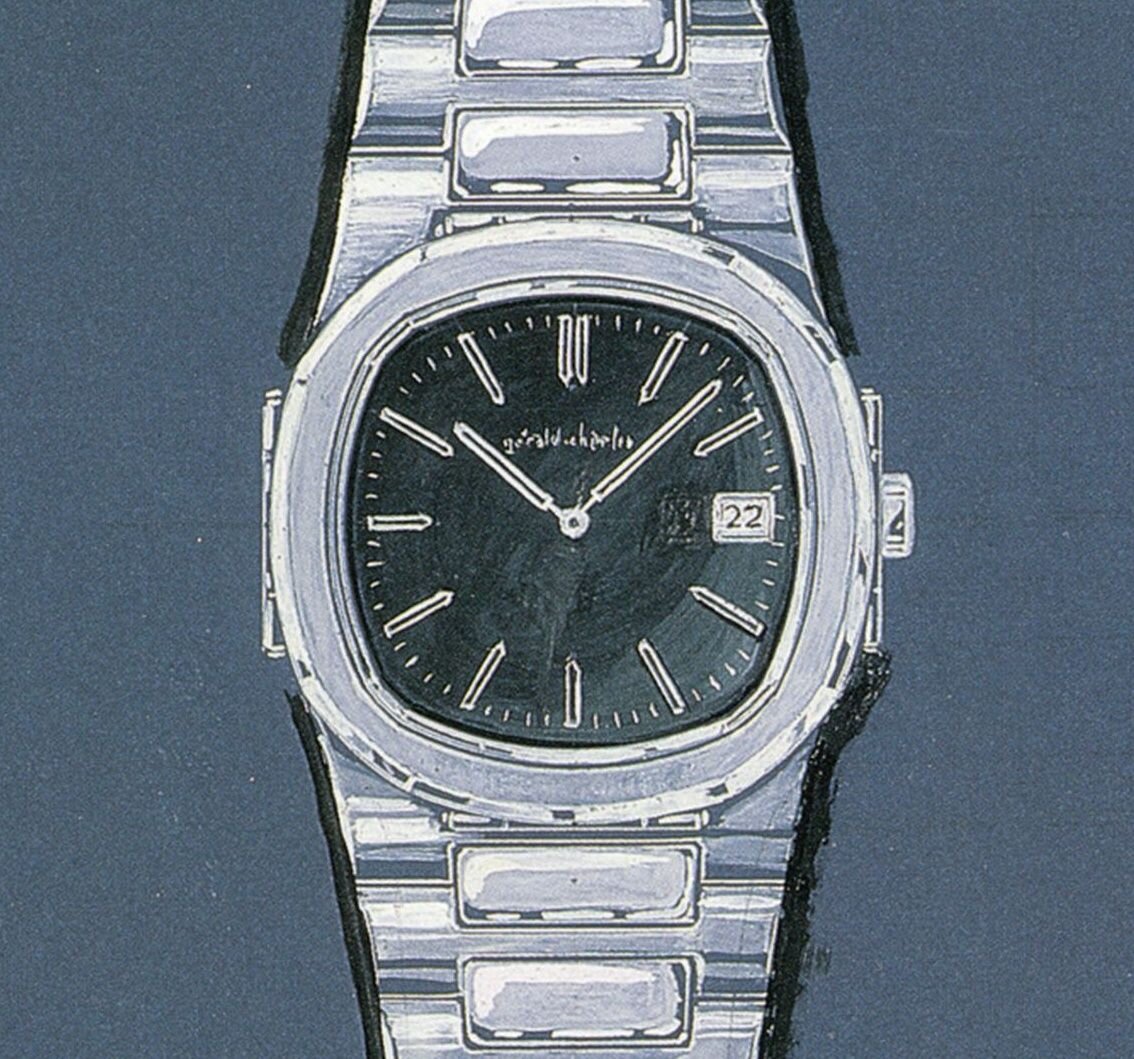
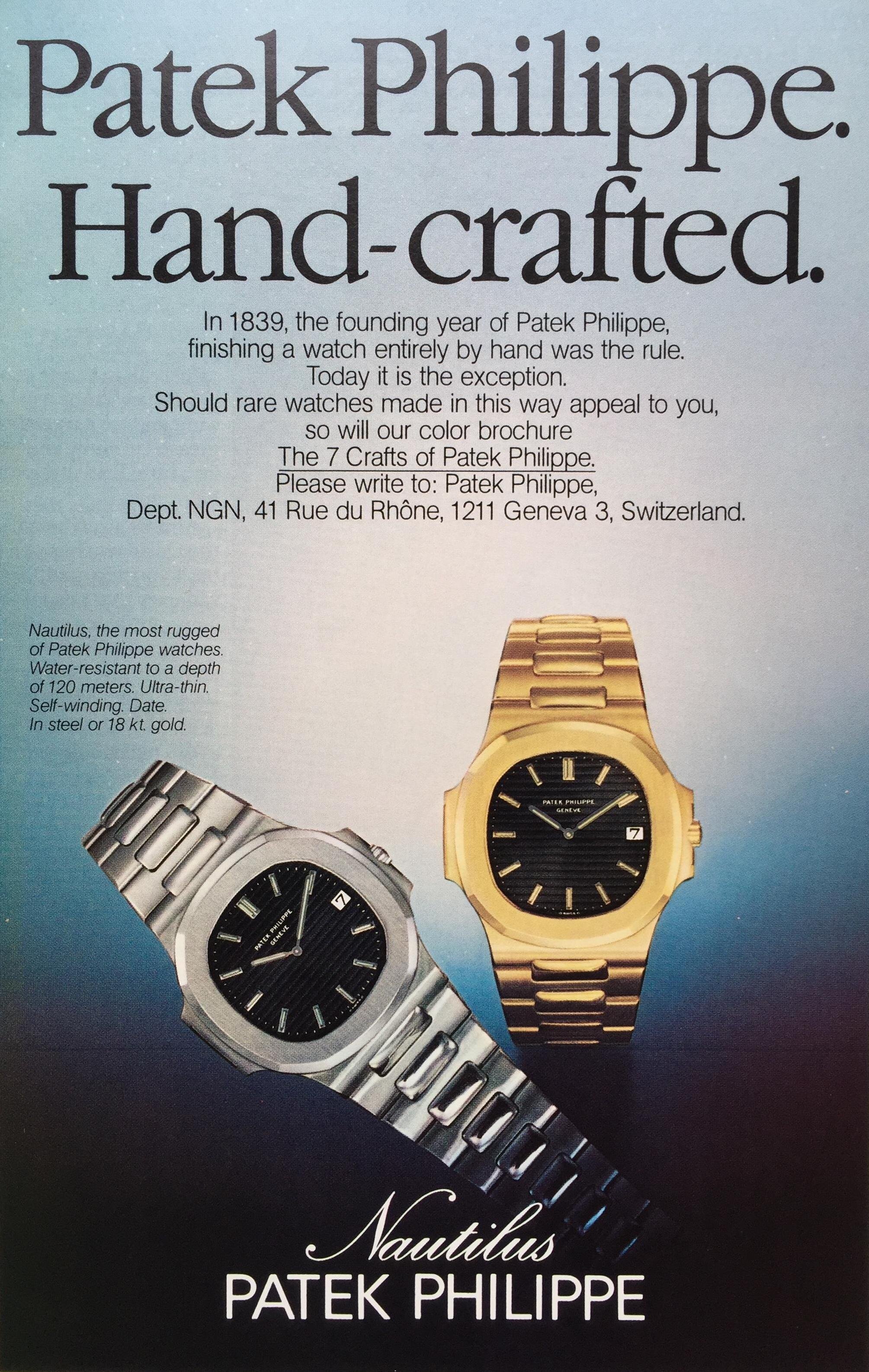
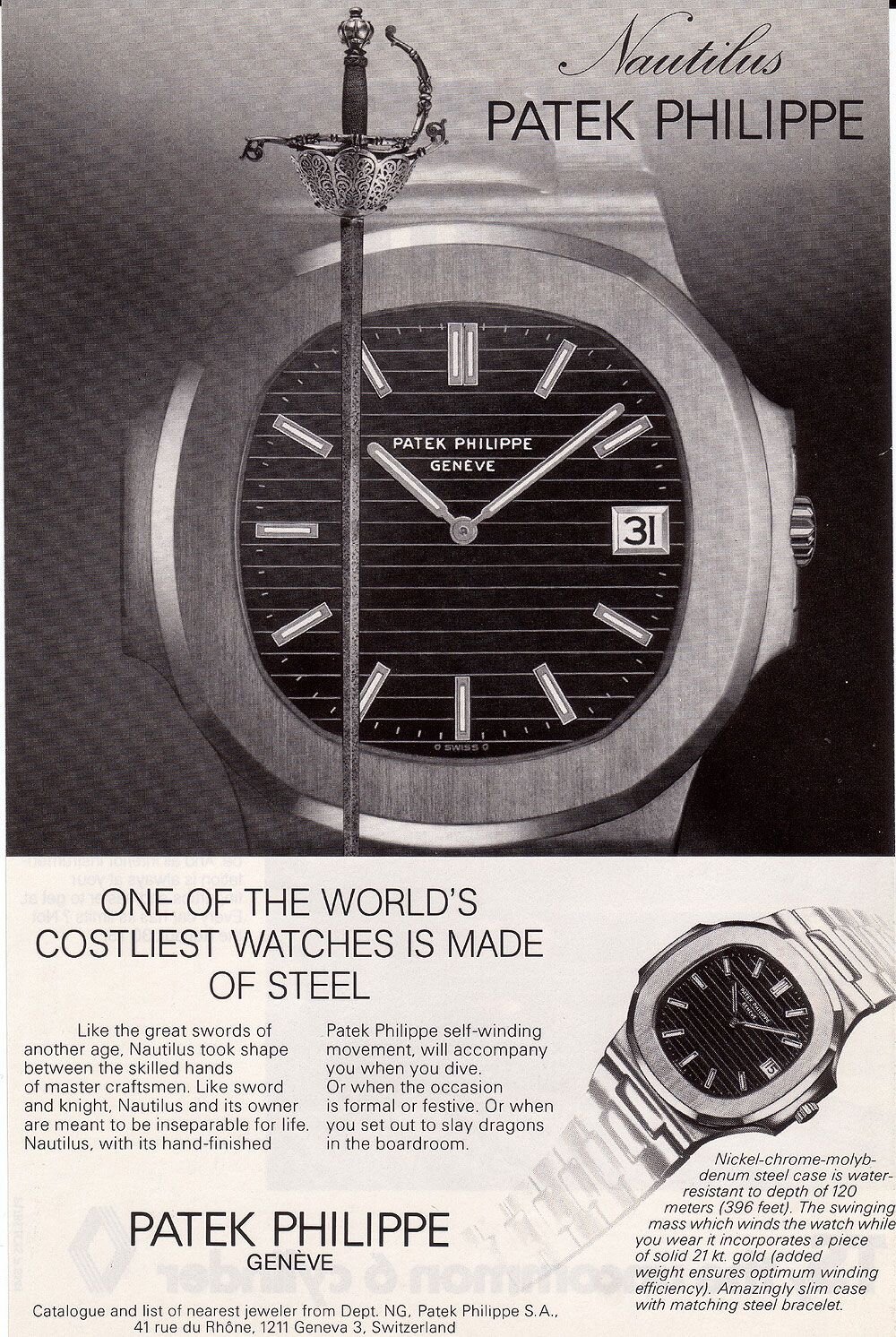
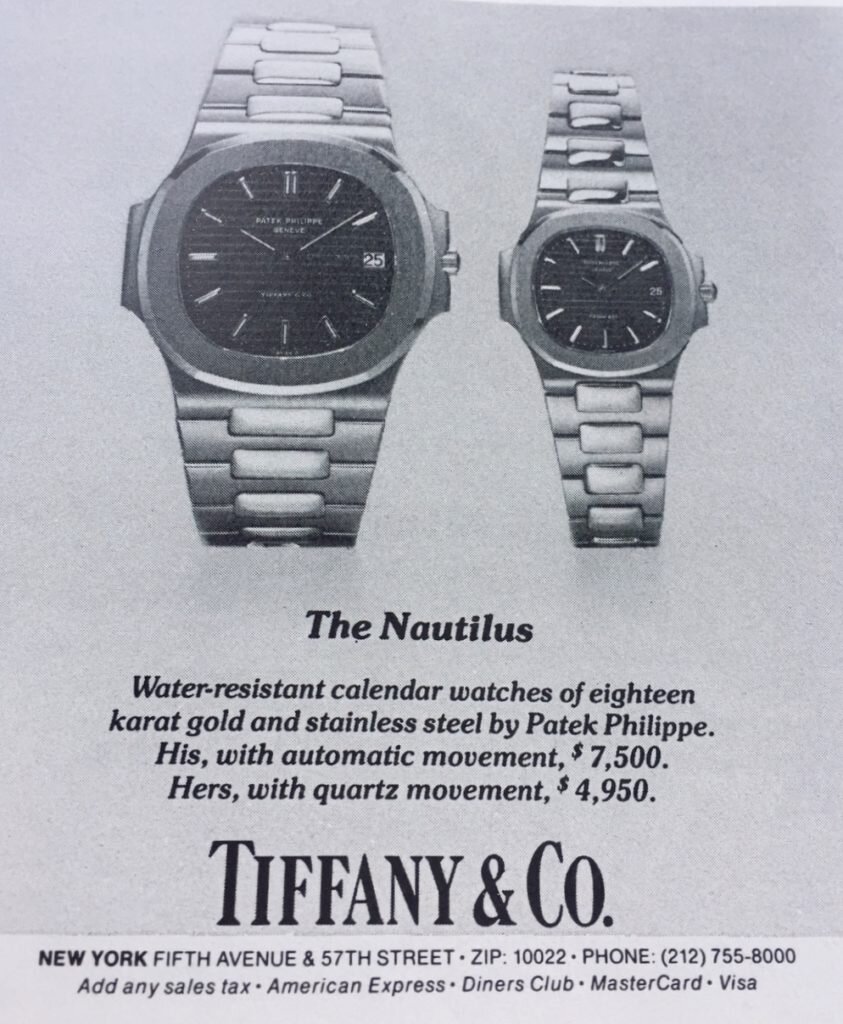
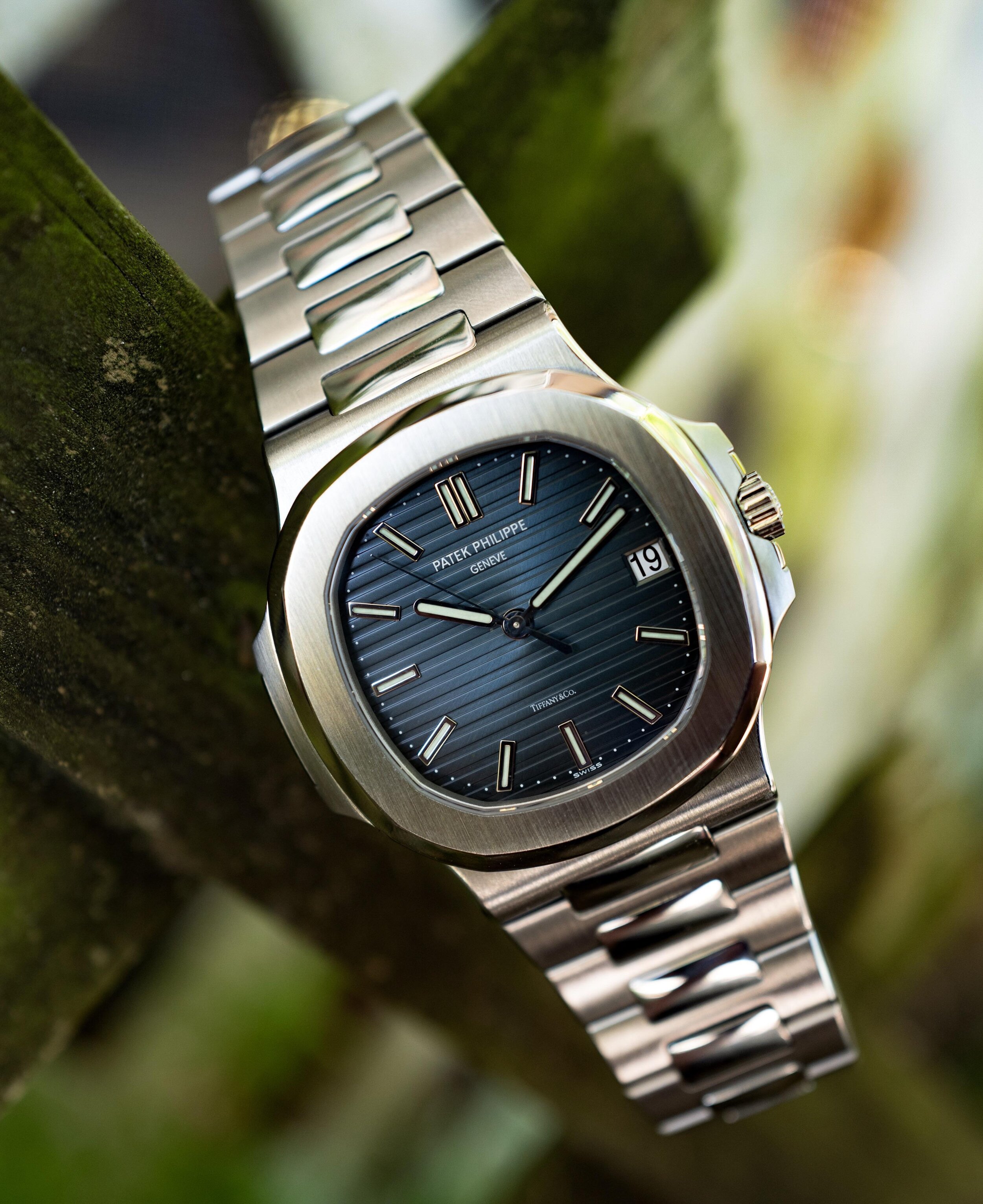
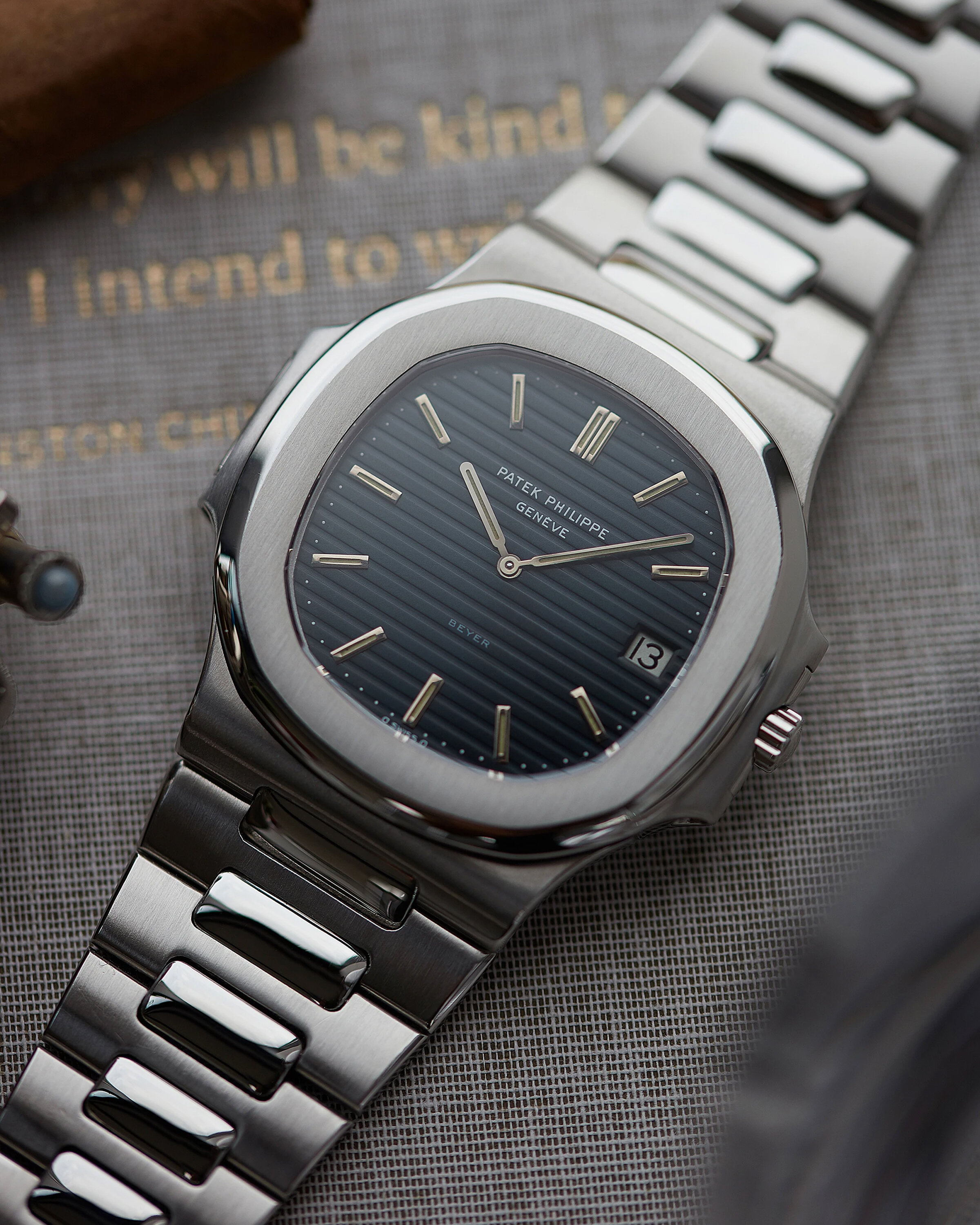
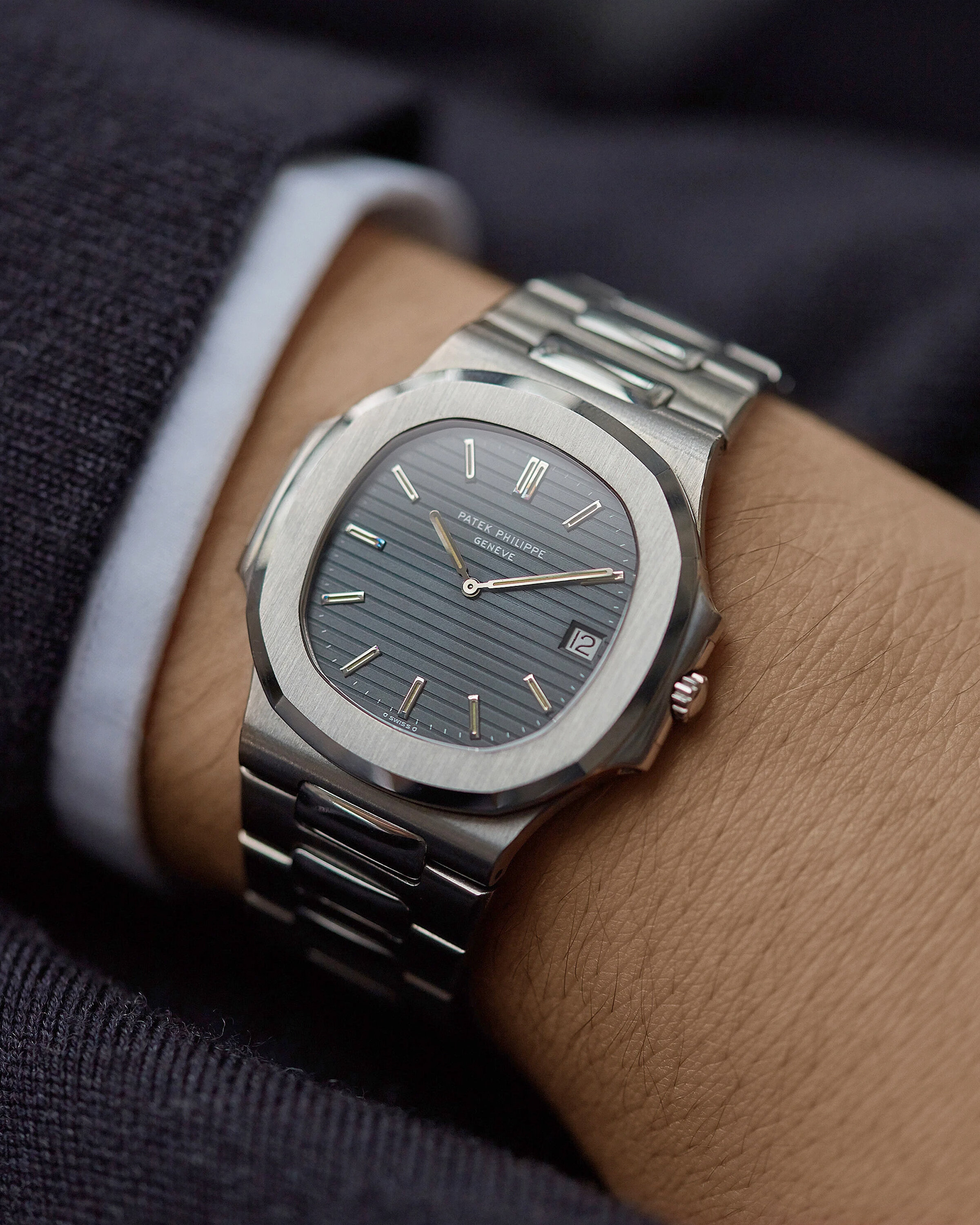
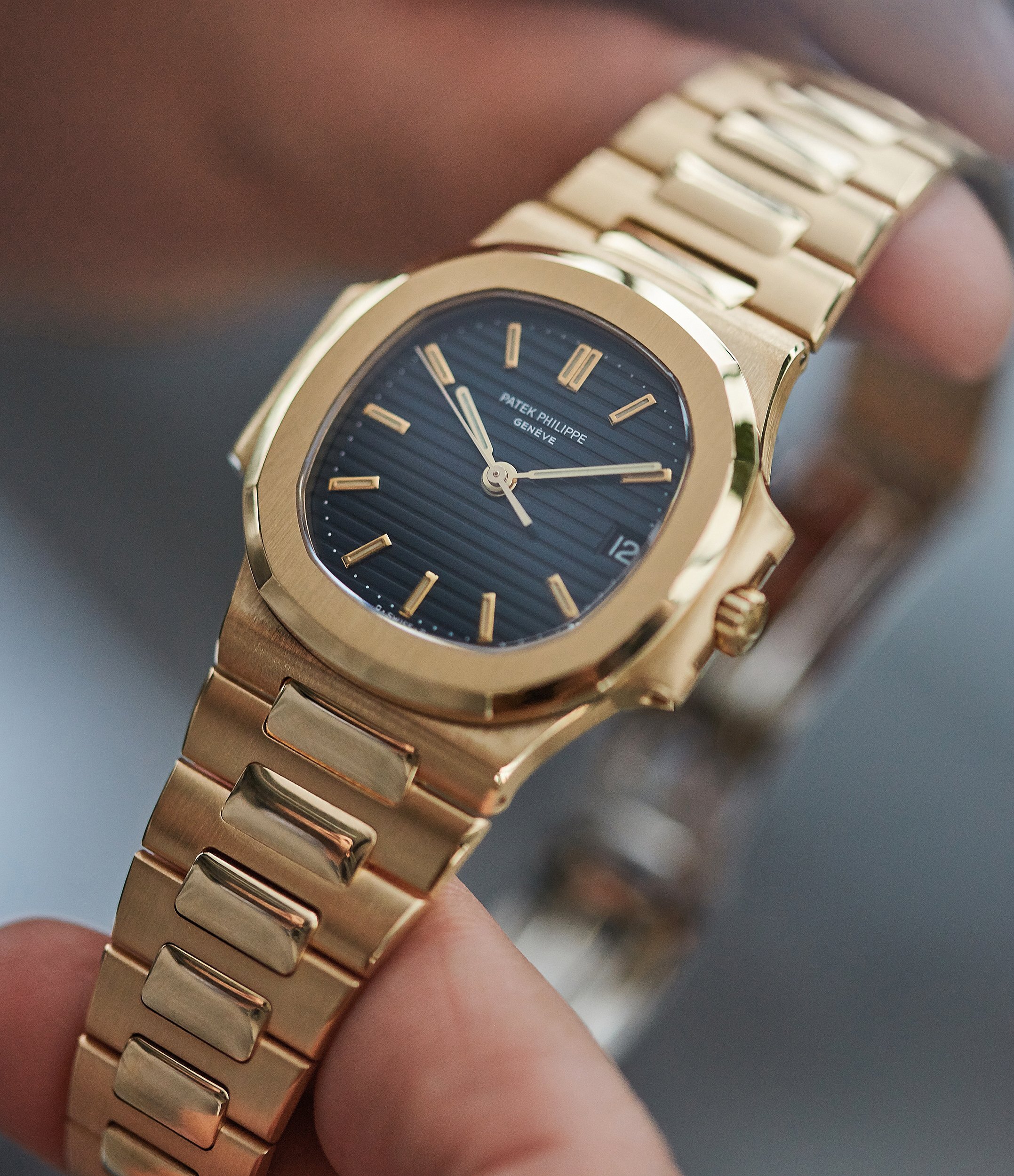
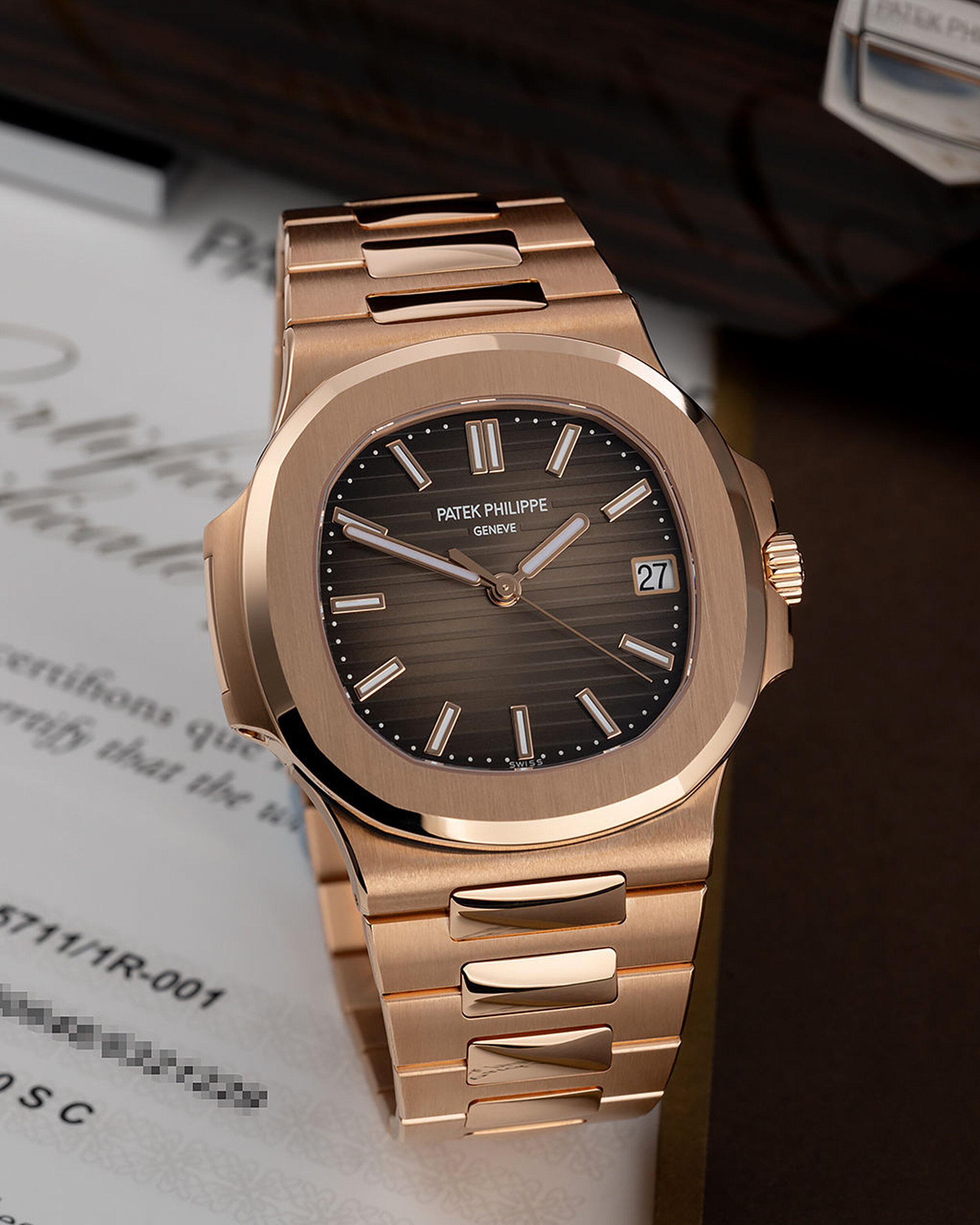
30 years after the introduction of the Nautilus, Patek Phillipe released a revamped version of the watch sporting a 43 MM case- Ref. 5711 today is one of the most desirable watches in the world. So much so in fact that the rumored wait time to purchase one from Patek Philippe is roughly 8 years, that is if you can even get on the list. PP has become so selective in this process that they won’t just sell it to anyone waving cash around. It is guesstimated that PP produces roughly 60,000 Nautiluses per year which according to Patek is only around 10% of the actual demand for the watch. With the exclusivity and scarce amount of production that Patek Phillips currently offers, this has created an inflated re-sale market where a 5711 Nautilus will sell for 60%+ of its retail price. Patek Philippe executives aren’t sure what has made the Nautilus so popular over the years, but aren’t complaining. I believe that the Nautilus is a true testament to Gerald Genta’s legacy and ability to create iconic watches. Between the Royal Oak & The Nautilus- it is really hard to argue the mans ability. More than 40 years later, both of these watches stand as two of the most iconic shapes in the world horology.



